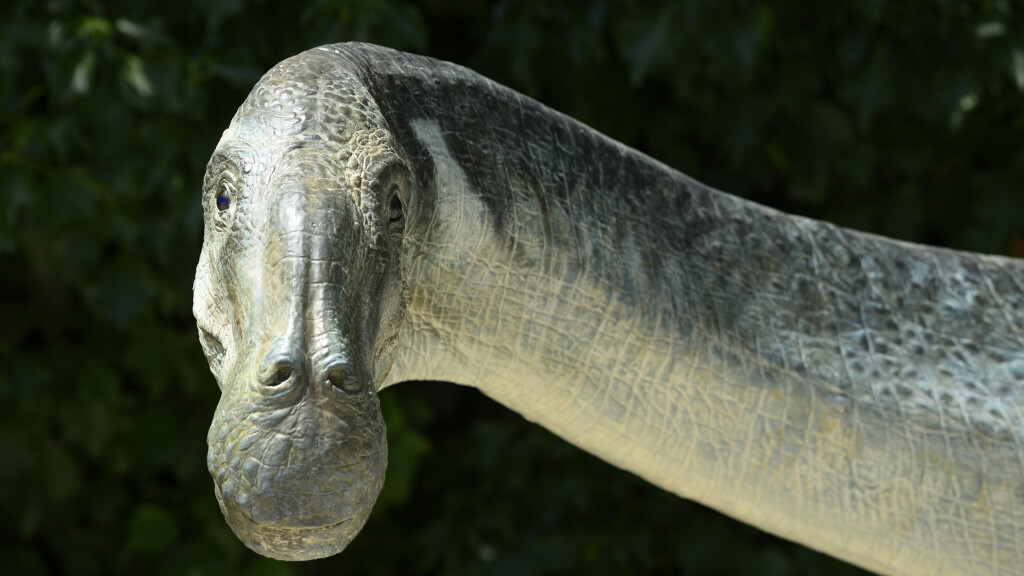Was each day of Creation a thousand years?
07.24.23 | FAQs | Age of the Earth
Read Time: 2 minutes, 30 seconds. The Hebrew of Genesis One The first chapter of the Bible is a summary of God’s creation and begins in verses one and two with the creation of space, then the Earth with the waters. Later that same "day"...







